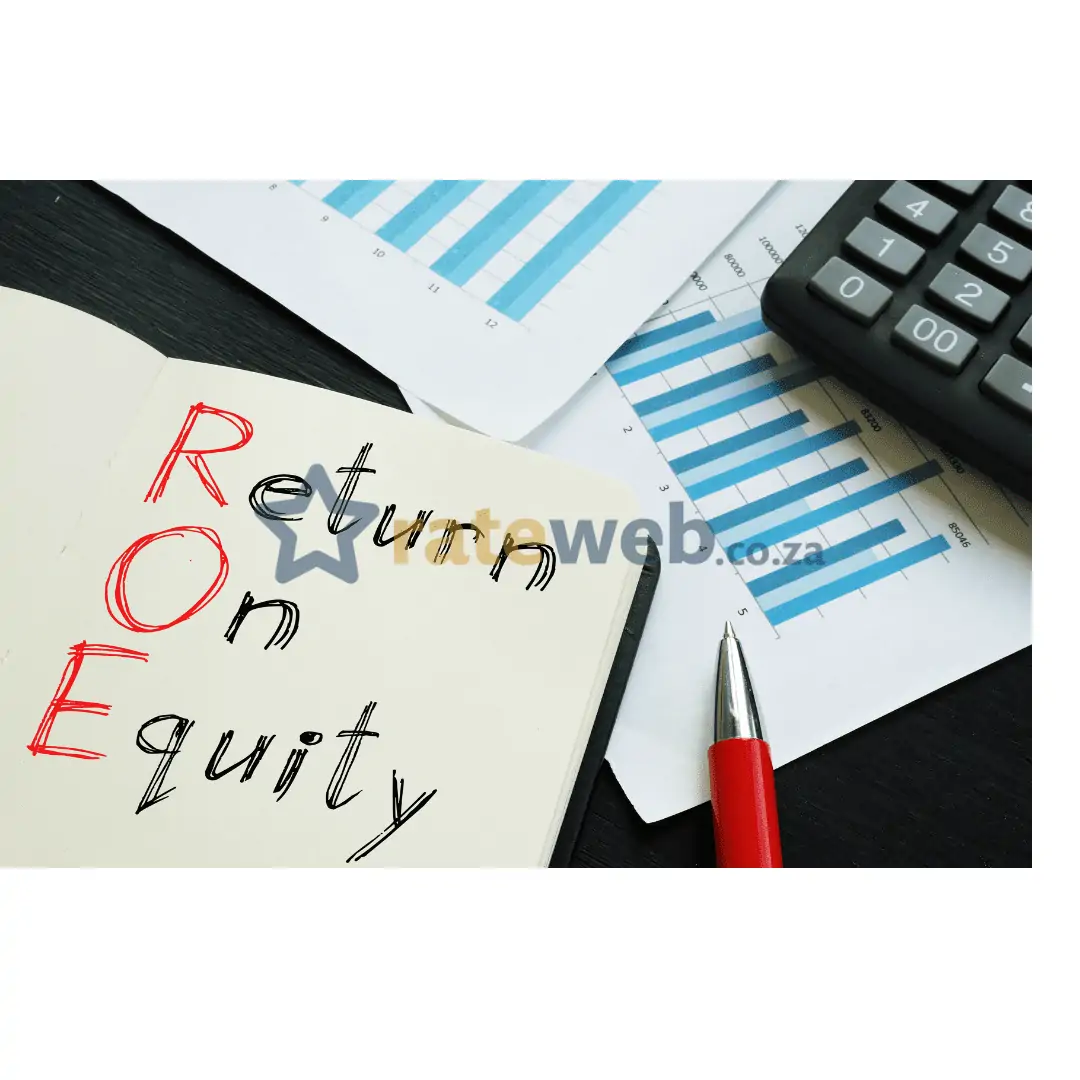
Return On Equity (ROE) is a financial ratio that helps financial officers analyze the performance of a company or business unit from the perspective of the shareholder, and compare the financial performance to others.
This article will take you through the formula to calculate Return On Equity, how to interpret it, and give suggestions on how to improve your company’s ROE.
Return On Equity combines data from two of the three main financial statements, it takes the bottom line of net profit from the income statement and the equity or shareholder capital amount out of the right-hand side of the balance sheet.
ROE is best defined as Net Income divided by Equity. In other words, the net profit that a company has generated during a year, divided by the book value of the shareholder capital that a company owes on the balance sheet date.
ROE is an important indicator of attractiveness of a business to shareholders. Can the company generate a good return on the equity that investors have invested in it?
If you want to improve the ROE performance of the company, mathematically speaking you can either work on increasing the numerator of profitability or reduce the amount in the denominator of equity.
Profit can be increased by selling more units, charging a higher selling price, improving the product or service mix, realizing productivity and efficiency, achieving sourcing benefits or reducing the interest or tax charges.
Reducing equity is a bit more challenging as a concept. Do you pay a large dividend to shareholders, to reduce the amount of retained earnings that are part of the equity on the balance sheet?
This might negatively affect the ability to keep your business running, as you might need that cash to pay salaries or pay suppliers. Do you borrow more to increase your debt-to-equity ratio, and use this cash to fund faster growth, buy back shares, or pay more dividends? Not an easy decision!
Let us zoom out to the bigger picture, and take you through a quick explanation of how to analyze the drivers of Return On Equity performance using DuPont analysis.
The DuPont analysis is the evaluation of various components of a business’s Return On Equity. Primarily for the purpose of allowing investors to determine financial activities that are contributing the most to the changes in ROE. Most of the times the investors use the Dupont analysis to compare the operational efficiency of two similar businesses.
You can split ROE into three pieces. If you multiply each of the three elements, the Return On Equity calculation is compressed back into the original formula.
The first element, ROS or Return On Sales, is Net Income divided by Sales, which is an indicator of the relative profitability or operating efficiency: how many cents of profit are generated for every rand of sales? The higher the ROS, the better.
The second element is Asset Turnover, calculated as Sales divided by Assets, a measure of asset use efficiency. Can we maximize the number of sales we generate with the assets that we have? For both ROS as well as asset turnover, the higher you can push this, the better off you are financially speaking.
The last element of the DuPont 3-part equation is leverage, Assets divided by Equity. Whether this should be high or low is a much-discussed question, and I don’t think there is a definitive answer.
On the one side, if you can borrow money (take on debt) at low-interest rates and put this money into productive use, you could grow the company faster and generate higher returns.
On the other side, if the debt is very high compared to the equity in the company, you increase the risk profile and decrease your buffer against bankruptcy.
This website uses cookies.